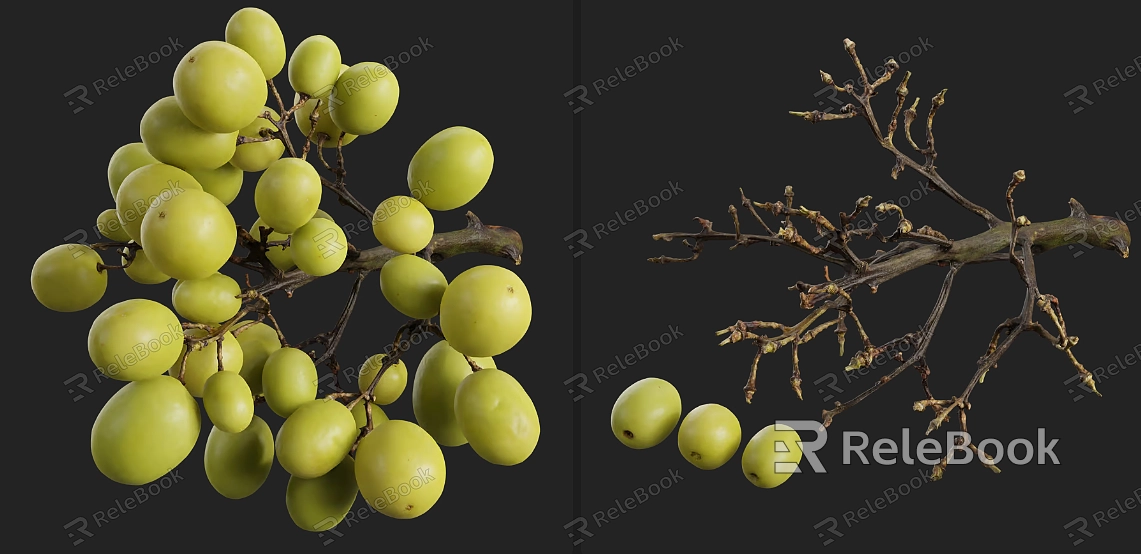how to texture 3d models in photoshop?
How to texture 3d models in photoshop? Adding convincing textures to 3D models can significantly enhance their visual appeal. In this comprehensive guide, we will explore the step-by-step process of texturing 3D models using Photoshop, unlocking the potential for creating stunning and lifelike digital art.
1. Prepare Your 3D Model:
Before diving into texturing, ensure your 3D model is ready. Import it into Photoshop, and organize your layers for efficient texture application.
2. Gather Texture Resources:
Collect high-quality texture resources that align with your project. These can include images of wood grain, metal surfaces, fabric patterns, or any textures relevant to your 3D model.If you need it, I recommend downloading 3D textures from Relebook. There is no better choice than this.

3. Utilize UV Mapping:
Understand the UV mapping of your 3D model. Photoshop allows you to overlay textures onto the UV map, ensuring accurate placement on the model's surfaces.
4. Open Your Model in Photoshop:
Open your 3D model file in Photoshop. This can typically be done by importing the model or by exporting a UV map from your 3D software and using it as a reference.
5. Create a New Layer for Each Texture:
For an organized workflow, create a new layer for each texture you plan to apply. This allows for easy adjustment and modification of individual textures.
6. Apply Base Colors and Patterns:
Start by applying base colors or patterns to represent the overall texture. Use brushes, gradients, or patterns to establish the foundational look of your texture.
7. Blend and Layer Textures:
Experiment with blending modes and layer styles to seamlessly integrate textures. This step involves overlaying multiple textures, adjusting opacities, and using blending modes to achieve a realistic blend.
8. Use Brushes for Detailing:
Employ Photoshop brushes to add fine details and nuances to your textures. This is particularly useful for creating intricate patterns, adding weathering effects, or enhancing surface irregularities.
9. Adjust Colors and Hue/Saturation:
Fine-tune the color balance and saturation to match the desired tone for your 3D model. Photoshop's adjustment layers, such as Hue/Saturation, provide flexibility in color correction.
10. Exporting Textures:
Once satisfied with your textured 3D model, export the individual texture layers. Pay attention to file formats and resolutions to ensure compatibility with your 3D modeling software.

